Features and cultivation of blood-red currants
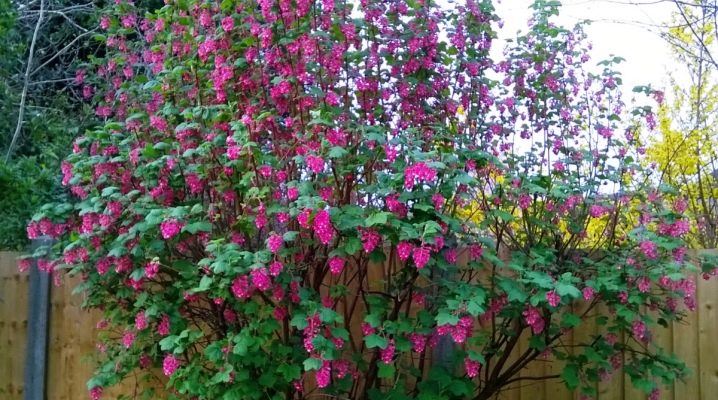
The blood-red currant, as follows from the description of the shrub, belongs to the ubiquitous ornamental plant species, distinguished by the special beauty of flowering. It is widely used in landscape design, in gardens and parks; in a summer cottage, you can frame the entrance with such plantings. The most popular varieties - "King Edward VII", "Pulborough Scarlet", "Atrorubens" and others, as well as the peculiarities of their cultivation should be considered in more detail.
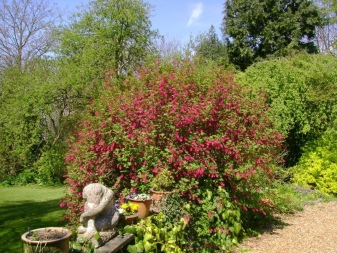

general description
The ornamental shrub known as "blood-red currant" is of natural origin. Wild species of this plant are widespread throughout the United States - in states along the west coast. Here the bushes reach 4 m in height, while in cultural forms they rarely turn out to be higher than 2-3 m. The shrub got its name due to the rich color of tubular flowers of a bright scarlet hue, gathering in a brush. Such garlands are formed on the plant in May.
Also, the following signs are characteristic of blood-red currants:
- erect red-brown stems;
- leaves are three-lobed or five-lobed;
- drooping inflorescences;
- slightly edible black berries.
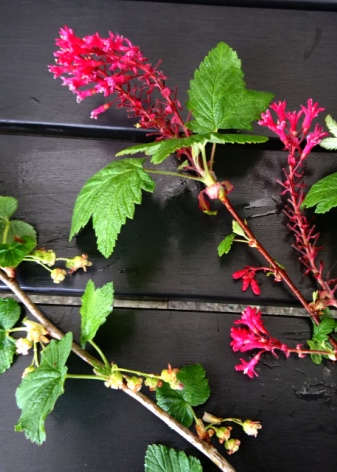
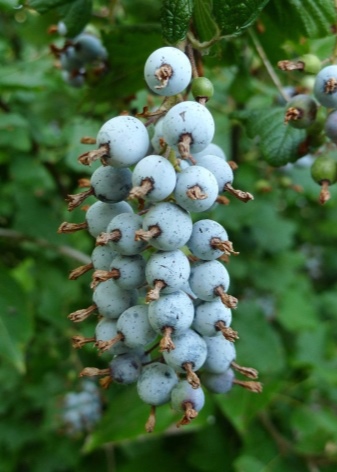
The leaves in the crown of the bush are green, with a lighter underside. They have a strong characteristic odor. Outside the wild, the currant of this subspecies can have a larger leaf plate, elongated flower clusters.
The plant lends itself well to cultivation in temperate climates, but it does not tolerate an excessive amount of cold days, and needs shelter in the northern regions.
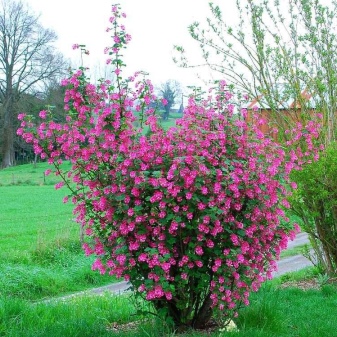

The best varieties
Today, blood red currants are readily used as a garden culture for landscaping or creating hedges. Its popularization in European countries has led to the emergence of many varieties with a pronounced personality. The most famous of them include the following varieties.
- King Edward VII. A beautifully blooming form with scarlet flowers that stand out well against the background of a sparse crown.
- Pulborough Scarlet. An elegant shrub with a rich emerald green foliage and pink flowers becomes a real decoration of the garden. Clusters of inflorescences are lush, large, clearly visible against the background of the crown.
- White Icicle. Despite the fact that this shrub belongs to the blood-red subspecies of currant, the flowers on it are white, smaller. In May, the plant literally turns into a cloud of white foam of petals.
- "Atrorubens". During the flowering period, compact bushes delight the eye with dark red brushes.
- "Variegata". A beautiful variety, in addition to lush brushes, famous for the spectacular color of the leaves.
- Carneum. One of the most luxurious varieties of ornamental currants. Lush pale pink brushes look incredibly elegant against a backdrop of green foliage.
- Strybing Pink. Luxurious, beautifully blooming variety with delicate pink flowers.
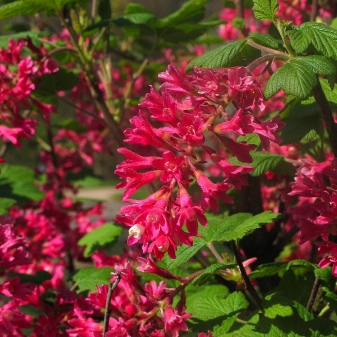
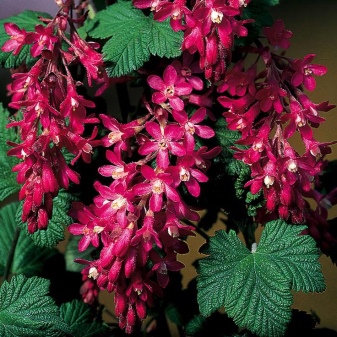
In addition to individual varieties, blood-red currants have hybrids and forms that differ in the degree of decorativeness. Variants with yellow leaves and lush pink inflorescences, as well as double ones, are considered especially popular.
Among hybrids, gardeners prefer Gordon's currants. Its flowers have a yellow tint, and the brushes are long and lush.
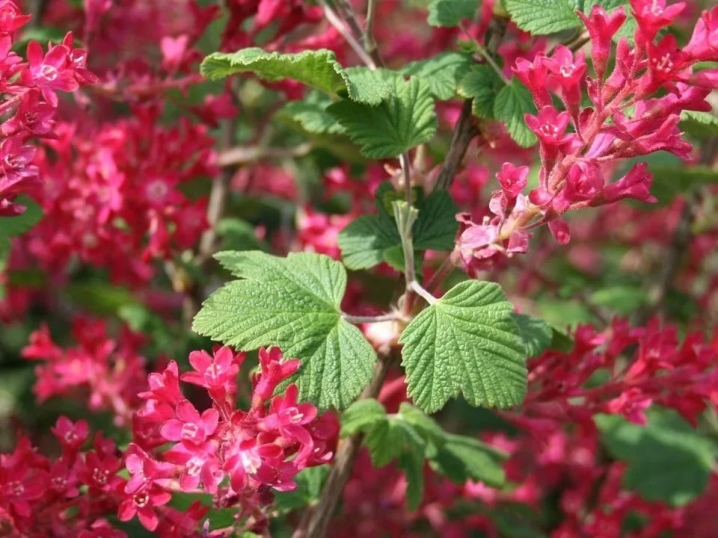
Landing
For planting, take healthy strong bushes with root shoots up to 200 mm and a total height of more than 30 cm. Currants should not show signs of rot or mold, creases, or an unpleasant odor. Well-lit areas are selected for planting, although, if necessary, the plant can develop normally in partial shade. When choosing a place for a pit, it is worth giving preference to territories with natural shelters on the leeward side and the occurrence of groundwater at a level of 2 m. Overmoistening ornamental currants is contraindicated.
The optimum soil characteristics are slightly acidic or neutral, light and loose, sufficiently fertile. It is better to start preparing for landing in advance, carefully digging up the soil in the fall to the depth of the shovel bayonet. For each square meter of area, 1/2 of a bucket of humus, 30 g of superphosphate and 200 g of wood ash are applied. The prepared site is left to rest until spring.
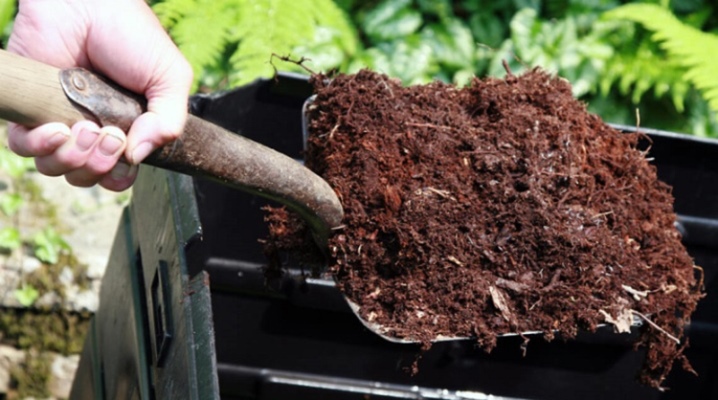
Having chosen the moment for planting, it is necessary to form pits no later than 7-14 days before it, taking into account the size of the root system of the bush - at least 50 cm in diameter. Up to half the well is loaded with a nutrient substrate based on peat and manure (1 bucket each) with the removed soil and wood ash (0.3 kg). All ingredients must be mixed well, poured into holes, watered and allowed to settle.
The planting itself takes place after the filled soil is compacted in the hole. The sequence of actions will be as follows.
- The soil in the holes is loosened, formed in the form of a cone directed upward with a sharp end.
- A seedling is placed on top of the embankment. Its roots are spread over the slopes of the cone.
- The planting holes are filled with soil to the very top. Thoroughly tamped.
- The plant is watered at the root with 10 liters of water.
- The near-trunk area is mulched with fresh shavings or peat.
After that, the seedlings will need some time to adapt to the new conditions. They do not need to be disturbed for a while.

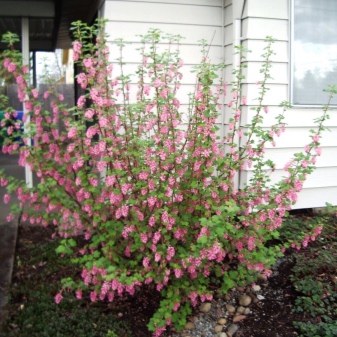
Care
The main concern for plants is manifested in periodic watering and feeding. It is necessary to introduce moisture weekly during periods of severe drought, in the area of the trunk circle, trying to exclude contact of water with shoots and leaves. The rest of the time, watering is performed less often, with breaks of 14 days. After the procedure, the trunk circle is loosened, the mulch layer is renewed.
Top dressing is also not required for plants too often. It will be enough to apply fertilizers 2 times during the season.
- Organics before flowering. This period falls in mid-May. For irrigation, use a solution of 2 kg of manure per bucket of water. This portion is enough for 1 bush. Manure in extreme heat can be replaced with herbal infusion.
- In autumn, in the 3rd decade of September, the soil is dug up, at the same time applying potash-based mineral fertilizers and wood ash.
If plants are poorly developed, do not tolerate climatic conditions, they can be supported. To do this, before flowering, foliar spraying with iron and boric acid in a chelated form is performed.
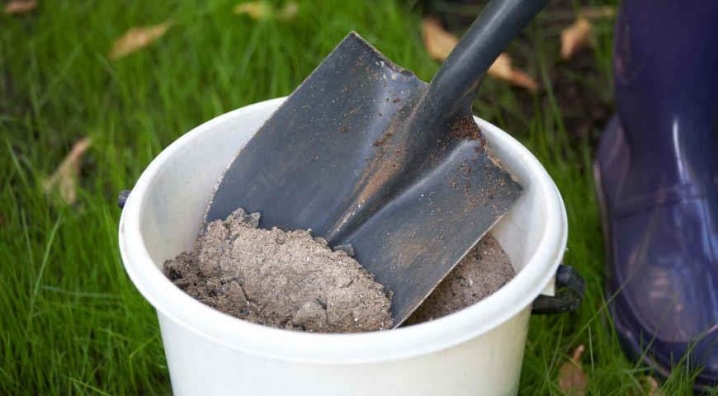
Diseases and pests
Blood-red currants can be affected by various diseases and pests. Most problems can be prevented if preventive measures are taken in a timely manner. At the stage of dormant buds, it is recommended to water the bushes with boiling water, avoiding hot steam on the roots. He should only be in contact with the kidneys. With the beginning of the growth of shoots, the time comes to fight fungal diseases with the help of the drug "Topaz".
After the formation of the berry clusters, it is recommended to sanitize the bushes with the preparation "Fufanon". He will help to cope with the glass. If the infection has already taken place, some of the diseased shoots will have to be destroyed by cutting them off. During the appearance of peduncles, the bushes are vulnerable to septoria. Spraying with 1% copper solution on the leaves will help from it.

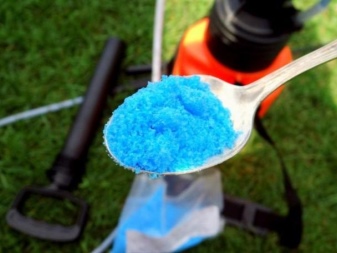
Growing errors
Decorative subspecies of currants, with proper agricultural technology, can become a true decoration of the garden. But if mistakes are made when leaving or landing, problems can hardly be avoided. Most often, inexperienced summer residents choose the wrong place to place the shrub. Too wet soil or low light is a sure way to kill a plant.
An equally common mistake is overfeeding the bushes. After planting has taken place, you need to wait 2-3 years before the first fertilization. If this is not done, the leaves will turn yellow, and the bushes themselves will develop irregularly. Also, during the growing process, you should regularly pay attention to pruning and forming plants.
Sanitary measures will help keep plantings within the desired width and height limits.
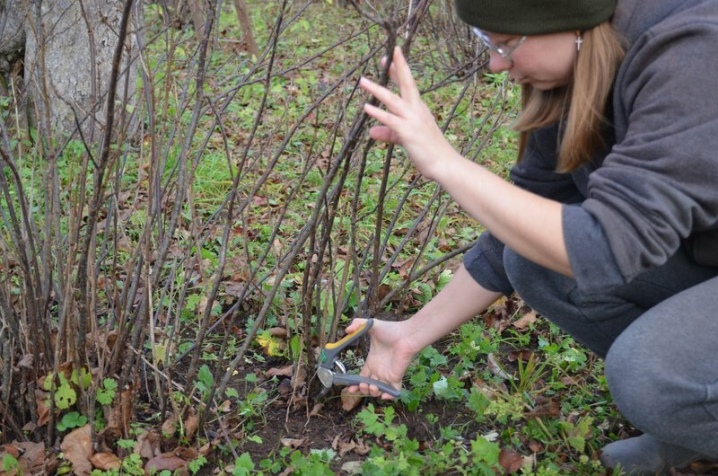













The comment was sent successfully.